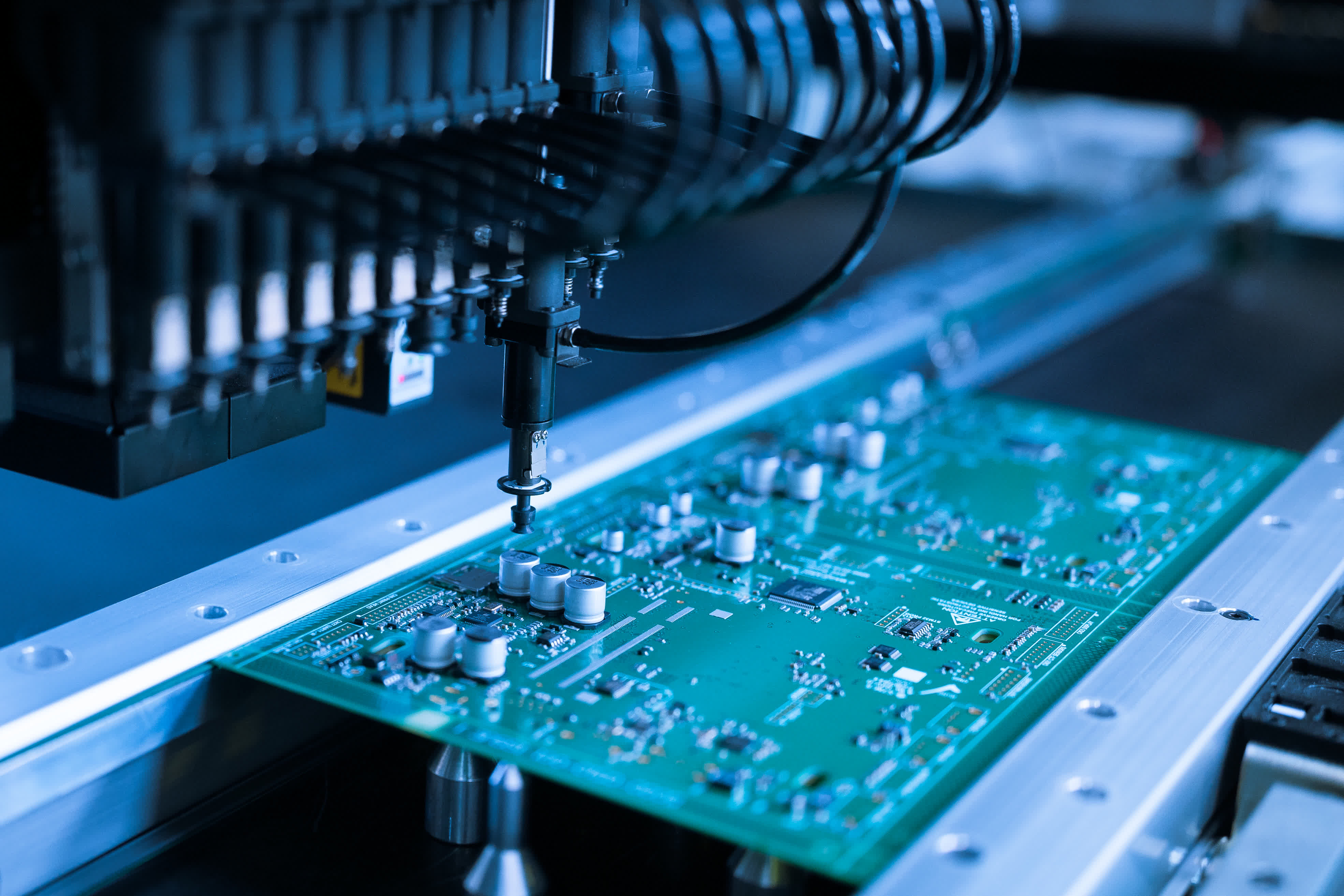Rare earth metal prices explode, may lead to increased prices for electronics
Why it matters: Prices for rare earth metals have surged over the past twelve months. This development will likely touch the prices of electronics for end-users in the coming months. Meanwhile, the Usa and China have been pointing fingers at each other, with no diplomatic solution in sight.
Over the past yr, we've seen a cord of news well-nigh supply shortages for everything from capacitors, $1 display driver chips to the avant-garde silicon constitute in phones, tablets, PC components, and car infotainment and commuter aid systems. Even if the tech industry were somehow able to crank more of these components, they'd all the same have to deal with a shortage of shipping containers.
Nikkei Asia reports, the crisis is far from over. Manufacturers of electronic components are now facing a new challenge equally prices for rare-earth metals have surged over the past year and are expected to rise even farther in the coming months.

The primary reason for the price hike is the smoldering trade war between Mainland china and the The states, which never seems to end. Now that'due south affecting shipments of some of the crucial ingredients needed to make all manner of electronic products.
The lithium used in batteries, nuclear energy, and spacecraft equipment has seen the well-nigh meaning price increment—150 percent compared to September 2022. The second-largest increase was observed for holmium, which has more than doubled over the past twelve months.
Holmium is used to make magnets and special alloys for sensors and actuators. Neodymium and praseodymium are also used to make potent magnets found in speakers, motors, wind turbines, and more than. These two metals have also seen an increase in price of over 73 percent year-over-year.

Prices of copper, tin, aluminum, cobalt, copper, and terbium oxide have also seen increased costs from anywhere between 37 to 82 percent. Manufacturers employ these in fleck packaging, mounting, and connecting electronic components on printed circuit boards, mechanical parts, metal casings, and more.
For well-nigh people, the backside-the-scenes process of sourcing these materials and transforming them into electronic devices, electric cars, and other products has been invisible and uninteresting. Now that it threatens to increase the prices we'll pay for various electronic goods, the ugly complexities of the global supply concatenation are bubbles to the surface.
It certainly doesn't help that governments have decided to electrify everything and fix aggressive green goals at a time when the electronics and automotive industries can barely continue upwards. Need for everything is at an all-fourth dimension high, and experts have conflicting views on when supply will take hold of up with information technology.
| Year | The states production (metric tons) | China production (metric tons) | Remainder of the World (metric tons) | US share of global output | People's republic of china share of global output |
|---|---|---|---|---|---|
| 1985 | 13,428 | eight,500 | 17,157 | 34% | 21% |
| 1990 | 22,713 | sixteen,480 | twenty,917 | 38% | 27% |
| 1995 | 22,200 | 48,000 | 9,700 | 28% | lx% |
| 2000 | five,000 | 73,000 | 5,500 | 6% | 87% |
| 2005 | 0 | 119,000 | 3,000 | 0% | 98% |
| 2010 | 0 | 120,000 | 11,000 | 0% | 92% |
| 2015 | 5,900 | 105,000 | 19,100 | 5% | 81% |
| 2020 | 38,000 | 140,000 | 62,000 | sixteen% | 58% |
Some believe that Red china is the culprit, as the country controls 55 percent of global production capacity and no less than 85 percent of the refining output for rare earth metals. In June, the Biden administration decried tighter export controls imposed past the Beijing government, calling them a "capricious enforcement of Chinese customs."
One of the proposed solutions to this problem is to build more US rare world chapters and reduce the reliance on China for critical raw materials. Perhaps ironically, Chinese rare earth mining behemothic Shenghe Resources owns a minority pale in MP Minerals. This US company operates the recently re-opened Mountain Pass mine in California—the supposed buffer confronting fluctuating prices for rare earth materials coming out of Mainland china.
In trying to build more than rare world capacity, the US regime has offered millions in grants for mining companies to expand their operations. Even so, most of the concentrates obtained through mining in the US—some 50,000 tonnes per year—still take to be sent to Prc for final processing.
Meanwhile, several Chinese suppliers that take contracts with Apple, Amazon, Dell, Facebook, Logitech, and Sennheiser have seen their gross margins compress below the manufacture average of 20 percent. And so far, they've been able to blot the daze, merely soon enough, they'll have to pass the costs to their customers, which will translate into higher prices for everything with electronics and batteries in information technology.
As of writing, there is only i consumer-facing visitor that adjusted its prices. During an earnings call, Sonos said it would raise prices between $10 to $100 depending on the product starting this calendar month. Whether or not this volition plow into a tendency, but time will tell.
Source: https://www.techspot.com/news/91251-rare-earth-metal-prices-explode-may-lead-increased.html
Posted by: stephenscarn1954.blogspot.com



0 Response to "Rare earth metal prices explode, may lead to increased prices for electronics"
Post a Comment